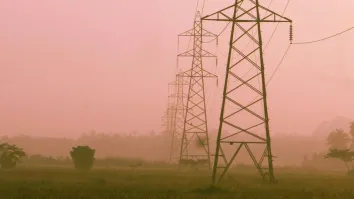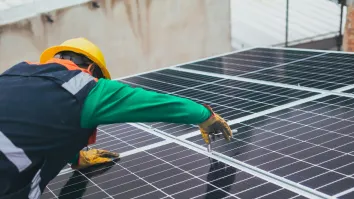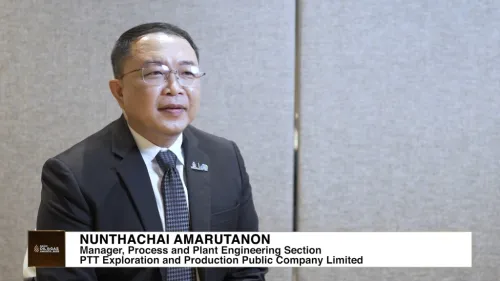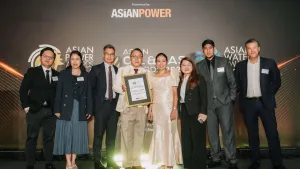
Singapore taps ST Electronics and Accenture for its intelligent energy project
The initiative will test and evaluate new applications and technologies aimed to deploy a smart grid throughout Singapore.
Accenture and ST Electronics (Info-Comm Systems) Pte Ltd, have been selected by Singapore’s Energy Market Authority (EMA) to design and implement Phase 1 of its Intelligent Energy System (IES) pilot project. The IES pilot project is an advanced metering infrastructure and smart grid pilot funded by the Government of Singapore and Singapore Power, a leading energy utility company in Asia Pacific.
The IES pilot project will test and evaluate new applications and intelligent technologies with the objective of deploying a smart grid throughout Singapore. A smart grid allows two-way communications between the consumer and electricity supplier by providing data such as electricity consumption and demand and operational information. EMA will use the results of the IES pilot to adopt new technology solutions to enhance Singapore’s power system and to deliver a wide range of benefits to the consumer.
The smart grid will enable Singapore to better manage electricity demand to drive energy efficiency and sustainability, incorporate distributed sources of renewable energy and accommodate future increases in energy demands including electric vehicles. It will also offer consumers improved services and products that will allow them to actively manage their energy consumption, utility bills and carbon footprint.
Lawrence Wong, Chief Executive of EMA said, “We look forward to working with Accenture and ST Electronics in the IES pilot project. Once the applications in the pilot are found to be cost-effective and viable, we intend to roll them out progressively on a wider scale so that all consumers can enjoy the benefits of greater choice and control over their energy usage. This intelligent energy system will bring the capabilities of our power grid to the next level and will form the centrepiece of our smart energy economy.”
As primary contractor, Accenture will project manage a cross-functional team of software, engineering and technology companies to design, plan and execute the IES pilot. Accenture will also provide system integration services including designing, building, testing and deploying the smart technologies to the existing power grid. In addition, Accenture will implement a meter data management system, and support the EMA with change management programs and activities for its various stakeholders.
ST Electronics, a leading supplier of Automatic Metering Reading (AMR) and Advance Metering Infrastructure (AMI) solutions capable of monitoring electricity, water and gas usage, will be responsible for designing and implementing the critical infrastructure that is necessary to enable smart grid applications. The company will provide and integrate modular radio frequency and powerline transceivers into the meters of manufacturers that are appointed by EMA. Unique to this AMI solution is an integrated meter management system capable of supporting various communications in a multiple meter environment. In addition, ST Electronics will deliver in-home displays, home automation and building automation solutions to facilitate smart grid applications, according to an Accenture report.
Paul Gosling, managing director, Accenture’s Utilities industry group, said, “Accenture understands the importance of the IES pilot project in building a grid that is resilient, adaptable and high performing to meet the future needs of Singapore, and in increasing the level of consumer experience. We will draw on our smart grid experiences from around the world to help the EMA achieve its goals.”
Lee Fook Sun, president, ST Electronics, said, "We are proud to participate in this important step to a smarter national power grid. Leveraging on our capabilities in AMR and AMI solutions, through this pilot project, we are confident we can help EMA improve energy efficiency in Singapore and support Singapore's effort in developing a smart energy economy.”
The IES pilot will be conducted in two phases. The first phase, focusing on the advanced metering infrastructure, will take place from the last quarter of 2010 to 2012. The second, on smart grid applications, will be carried out from 2012 to 2013.
The teaming partners for the pilot include Oracle, Hewlett-Packard, Power Automation, GreenWave Reality, and Control.



















 Advertise
Advertise







